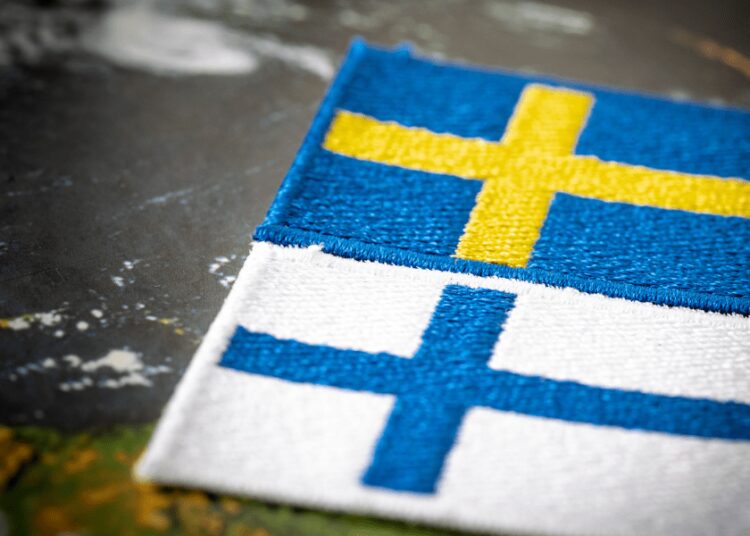The North Atlantic Treaty Organization (NATO) is an intergovernmental military alliance consisting of 30 member countries. Its main objective is to protect the freedom and security of its members through collective defense. This article explores the diversity among NATO’s member countries and their shared goals. The member countries are located in North America, Europe, and Asia, each bringing its own unique history, culture, and geopolitical challenges to the alliance. Despite their differences, NATO member countries share common objectives, including collective defense, transatlantic cooperation, security partnerships, military capability development, and the promotion of democracy and human rights. Together, they work to ensure peace and stability in the Euro-Atlantic region.
A Closer Look at NATO’s Member Countries: Diversity and Common Objectives
Introduction
The North Atlantic Treaty Organization (NATO) is an intergovernmental military alliance comprising 30 member countries, with the main objective of safeguarding the freedom and security of its member states through collective defense. With its origins dating back to the aftermath of World War II, NATO has played a vital role in maintaining peace and stability in the Euro-Atlantic region. This article aims to provide a closer look at the diversity among NATO’s member countries and their shared objectives.
Member Countries: Diversity
NATO’s member countries span across three continents: North America, Europe, and Asia. Each member country brings its own unique history, culture, and geopolitical challenges to the alliance.
North America
The United States and Canada are the two North American members of NATO. The United States, being the largest economy and a global superpower, plays a significant role in NATO’s collective defense capabilities. Canada, on the other hand, contributes to NATO through its military expertise, peacekeeping efforts, and commitment to international security.
Europe
The majority of NATO’s member countries are located in Europe. These countries have diverse backgrounds, ranging from the former Eastern Bloc nations that joined NATO after the fall of the Soviet Union to the Western European countries that were founding members of the alliance.
Western European countries, such as the United Kingdom, France, and Germany, have well-established military capabilities and play a crucial role in shaping NATO’s strategic decisions. They also contribute to NATO’s defense spending commitments, ensuring the alliance’s effectiveness.
Central and Eastern European member countries, including Poland, Romania, and the Baltic states, have joined NATO more recently. These countries have faced challenges related to their historical proximity to Russia and have sought NATO membership for security assurances and integration with Western institutions.
Asia
The Republic of North Macedonia is NATO’s only member country located in Asia, specifically in the Balkans. Its membership is seen as a vital step towards stability in the region and strengthening NATO’s presence in Southeast Europe.
Common Objectives
Despite the diversity among NATO’s member countries, they share common objectives that form the basis of the alliance’s mission and operations.
Collective Defense
The cornerstone of NATO’s objectives is collective defense. An attack on any member country is considered an attack on all, triggering a collective response from the alliance. This commitment to mutual defense serves as a deterrent and promotes stability among member countries.
Transatlantic Cooperation
NATO emphasizes the importance of transatlantic cooperation between North American and European member countries. This cooperation enhances the alliance’s ability to address security challenges effectively, promote democratic values, and foster economic prosperity.
Security Partnerships
NATO engages with non-member countries through various security partnerships. These partnerships aim to promote stability, build mutual trust, and enhance interoperability among NATO and partner nations. Partnerships include the Mediterranean Dialogue, the Istanbul Cooperation Initiative, and the Partnership for Peace program.
Military Capability Development
NATO member countries commit to maintaining and developing military capabilities to ensure the alliance’s readiness to address emerging security challenges. This includes investment in defense capabilities, interoperability, and joint exercises to enhance cooperation and effectiveness.
Promotion of Democracy and Human Rights
NATO member countries uphold democratic principles and respect for human rights. The alliance promotes these values through various means, including political dialogue, institution building, and support for democratic transitions.
Conclusion
NATO’s member countries represent a diverse group of nations with unique histories and geopolitical challenges. However, they are united by common objectives aimed at safeguarding their collective security and maintaining peace. Through collective defense, transatlantic cooperation, security partnerships, military capability development, and the promotion of democracy and human rights, NATO member countries work together to ensure the stability and freedom of the Euro-Atlantic region.













